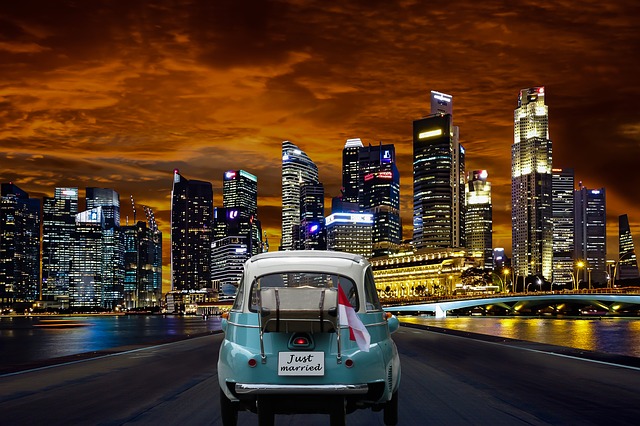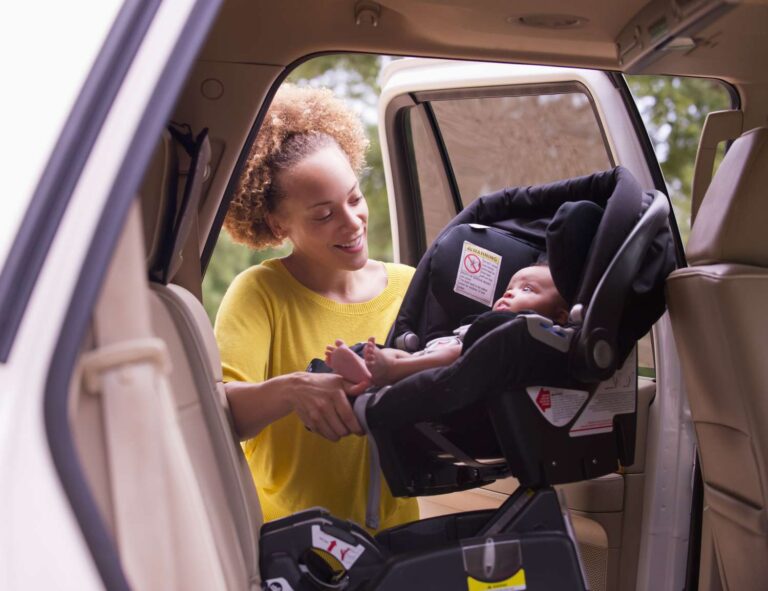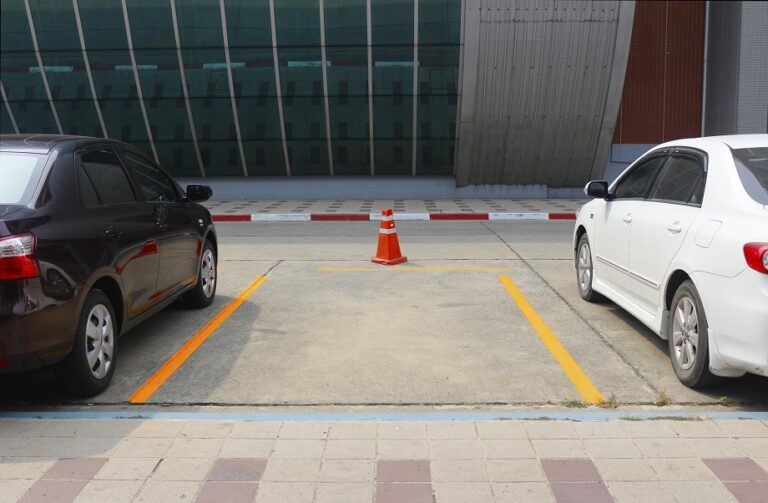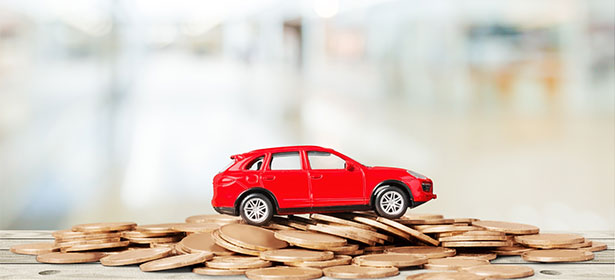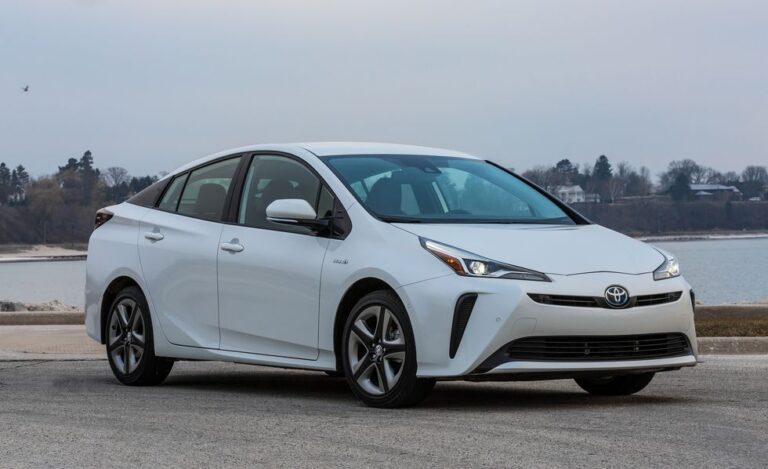Avoid a fine or any other problem in Spain by making sure you have the correct documentation when driving a car in the country. Spain is one of the most popular tourist destinations in the world and many of its visitors rent a car while in the country. It is a good way to see the most beautiful tourist sites there are.
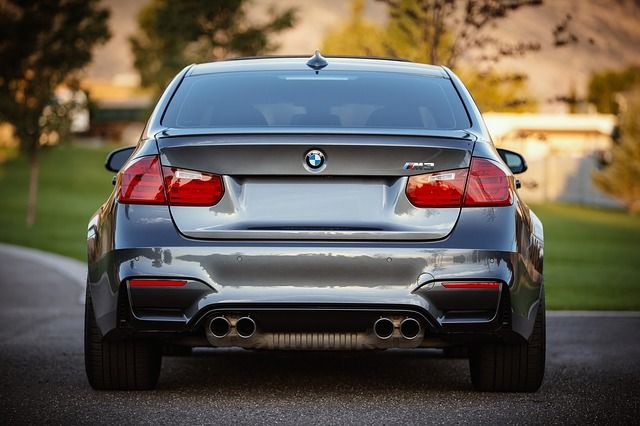
The automotive transport law must be respected and complied with by all drivers, and foreign drivers will also have to learn it and adapt to it when driving through Spanish territory.
It is important for drivers to ensure they have the correct documentation to avoid any unnecessary trouble (including fines for not having the correct documents in the car) should the authorities wish to see them at a roadside check.
Through this article we are going to show you everything you need to drive a car without a license in Spain, pay attention to the advice and recommendations so that you can have better hours behind the wheel.
In Spain, informative radio stations generally notify about the weather, road situations, road accidents and other topics of great interest and importance to drivers.
In this sense, the ideal would be to tune in to this type of radio service, to be informed of what is happening throughout Spain.
What do you need:
- Be at least 15 years old.
- A driving license.
Instructions
- It is forbidden to carry children in your arms.
- No child with a height of less than 136 centimeters may occupy a front seat.
- Children under 3 years of age must use an approved restraint system.
- Anyone over the age of three with a height of less than five feet must use a restraint system.
- In Spain, you can find out the road conditions in real time through the website of the Department of Transport.
- Radio stations provide information about highways in their news programs.
- Service stations in Spain mainly dispense the following fuels: 95 octane unleaded gasoline, 98 octane unleaded gasoline, Diesel to Biodiesel.
- To rent a car, you must be 21 years of age or older.
- Remember that you must also have a credit card when hiring the vehicle.
- A current driving license: If you come from an EU member state, Norway, Iceland or Liechtenstein, you only need to bring your current driving license; If you come from a country other than the above, you must have an international driver’s license.
- Road users involved in an accident should, if possible, assess the situation and the priority measures to take to ensure traffic safety.
- They must not destroy forensic evidence, as long as this does not endanger the safety of victims or traffic.
- They must tend to the injured, request the assistance of rescue services and try to move them to the hard shoulder or rest.
- Properly mark your vehicle’s presence on the road by placing two warning triangles, one 50 meters in front of the car and one 50 meters behind, so that they are visible to approaching drivers from at least 100 meters away.
- In the event of an accident, you should call 112 and in case of assault or crime on the road, you can report in English by calling the police on 902 102 112.
- If the need for advice arises, drivers are advised to contact the nearest transport office.
- Credit cards are widely accepted at service stations and toll roads, however drivers should also be prepared to pay in cash, in euros
- We always recommend drivers to carry their identification document with them at all times, as it is often required as a means of identification by the police at checkpoints.
- Proof of insurance is also mandatory to carry in the car and must cover at least third parties, fire and theft.
- When driving on a freeway, do not react angrily to cars that flash their headlights before passing you. Is the law! They are warning you that they are about to happen.
- When heading onto a freeway, never cross a solid white line, wait for the line to break, and when passing, always signal that you are going to exit and re-enter.
Tips
- Vehicles and combinations of vehicles over 10m in length and vehicles over 3.5 tons must maintain a distance of at least 50m with the vehicle in front.
- As a general rule, drivers approaching an intersection should give way to all vehicles coming from the right.
- At a roundabout, drivers already participating in the roundabout have priority over drivers approaching the roundabout.
- Drivers on secondary roads must yield to vehicles coming from both directions when entering a major road.
- Rail vehicles and emergency vehicles have priority over other road users.
- Unnecessary use of audible warning devices (horns) is prohibited.
- Warning signs must be brief in built-up areas, and local authorities may prohibit the use of such signs entirely.
- Signs indicate this prohibition. In urban areas it is forbidden to honk at any time, except in an emergency.
- In places where audible warning is prohibited, drivers must turn on their lights.
- In the case of a caravan with a length greater than 12 m, and a combination of car + caravan/trailer that exceeds 12 m, there must be one or two reflectors*, yellow with red edges, at the rear of the caravan or caravan/trailer.
- The use of seat belts is mandatory in the front and rear seats of all private vehicles where they are installed.
- Vehicles built after June 15, 1992 must be equipped with safety belts in all seats.
- Don’t even think about it, unless you’re in the process of writing an account of incarceration in a Spanish prison, the blood alcohol level is 0.5 per mg, which is equivalent to a small beer, dropping to 0.1 mg for new drivers (who have passed the test for less than two years).
There are three types of police in Spain that work in traffic:
Municipal police; Blue uniform, responsible to the local mayor, his duties include traffic and parking violations.
National Police (The Police); black uniform, their functions include the protection of important people and buildings, also responsible for the investigation of more serious crimes.
Civil Guard; Green uniform, if you get caught speeding on a freeway, these are the guys who will take your money, also responsible for national security.

